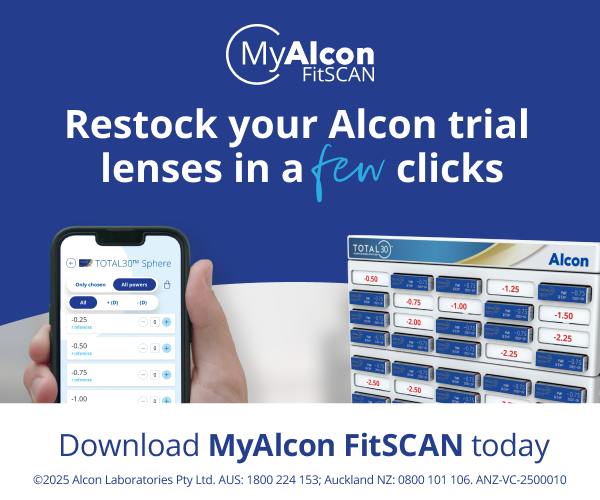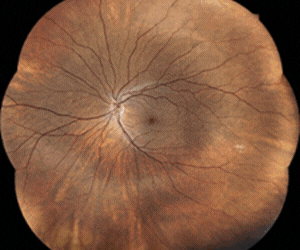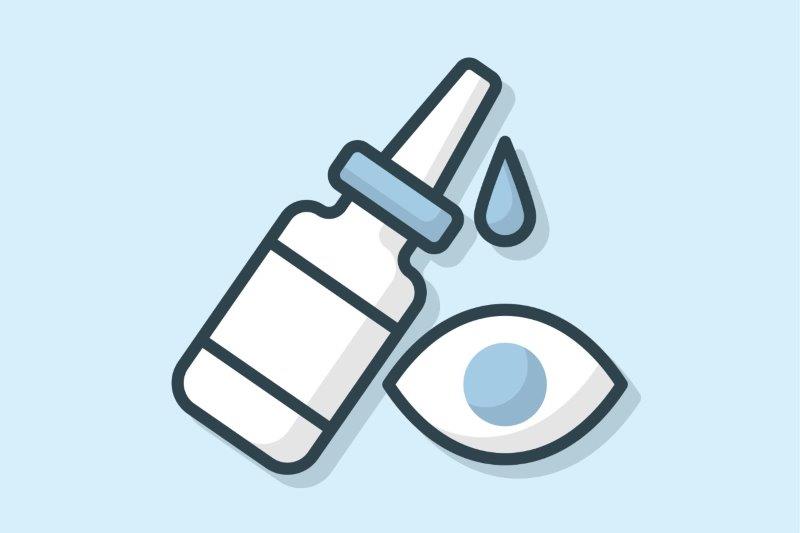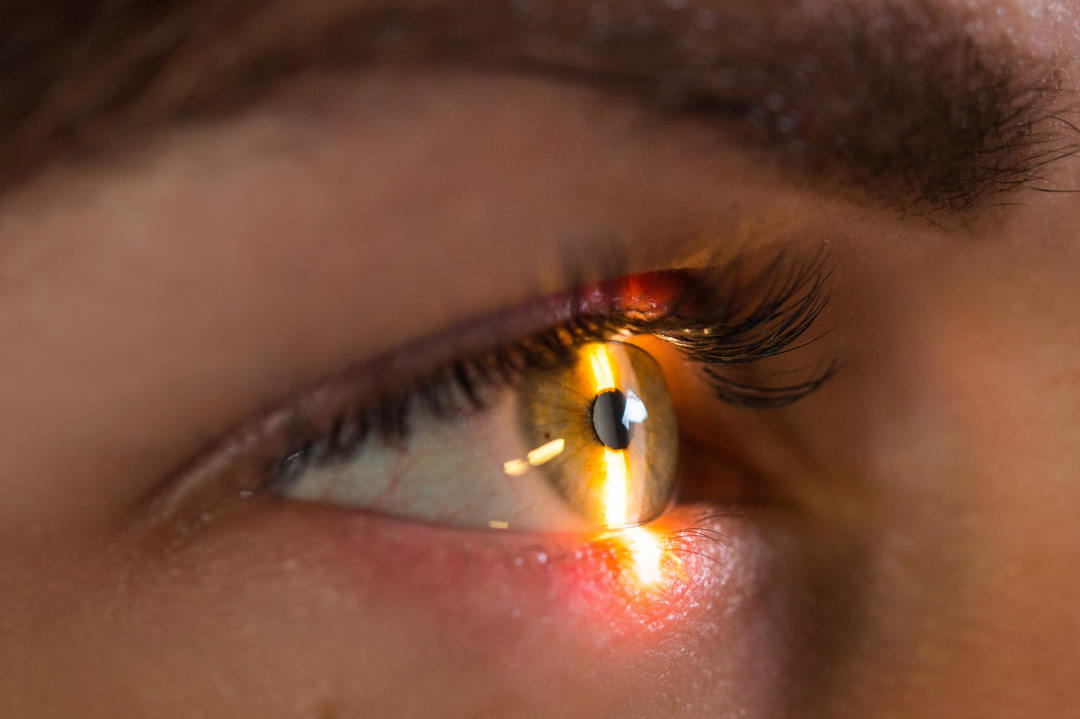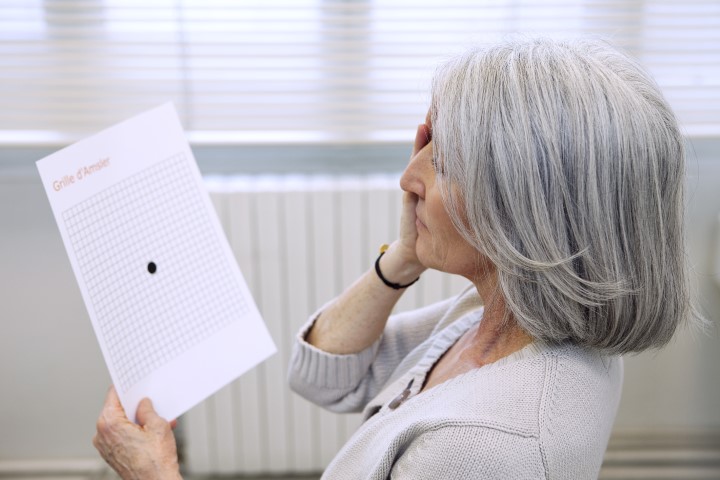Quick pupil test for concussion?
US researchers suggest measurable pupillary light reflex (PLR) metrics are enhanced in adolescent sport-related concussion and may serve as a fast, portable, objective physiologic biomarker for concussion.
"The results may be clinically relevant because these metrics are easily obtained via automated dynamic infrared pupillometry (DIP) and the measurable objective differences discriminate well between adolescents with and without concussion, indicating potential future utility in the diagnosis of concussion in the sports setting,” wrote lead author Dr Christina Master from the Sports Medicine and Performance Centre at the Children's Hospital of Philadelphia.
In Dr Master et al’s cohort study, the PLR metrics (maximum and minimum pupillary diameter, percentage constriction, peak and average constriction velocity, peak and average dilation velocity and time to 75% pupillary redilation) of 134 healthy control individuals and 98 athletes with diagnosed concussion were obtained 12 days (median value) following injury.
Eight of nine PLR metrics were significantly greater among athletes with concussion after Bonferroni correction (maximum pupil diameter: 4.83mm vs 4.01mm; minimum pupil diameter: 2.96mm vs 2.63mm; percentage constriction: 38.23% vs 33.66%; average constriction velocity: 3.08mm/s vs 2.50mm/s; peak constriction velocity: 4.88mm/s vs 3.91mm/s; average dilation velocity, 1.32mm/s vs 1.22mm/s; peak dilation velocity: 1.83mm/s vs 1.64mm/s; and T75: 1.81 seconds vs 1.51 seconds.
Sex-based differences were observed, with girls with concussion exhibiting longer T75 (1.96 seconds vs 1.63 seconds).
The authors concluded that enhancement of PLR metrics characterised acute adolescent concussion, while exercise produced smaller pupil sizes and overall slowing of PLR metrics, presumably associated with fatigue.
The study, Utility of pupillary light reflex metrics as a physiologic biomarker for adolescent sport-related concussion, was published in Jama Ophthalmology.





